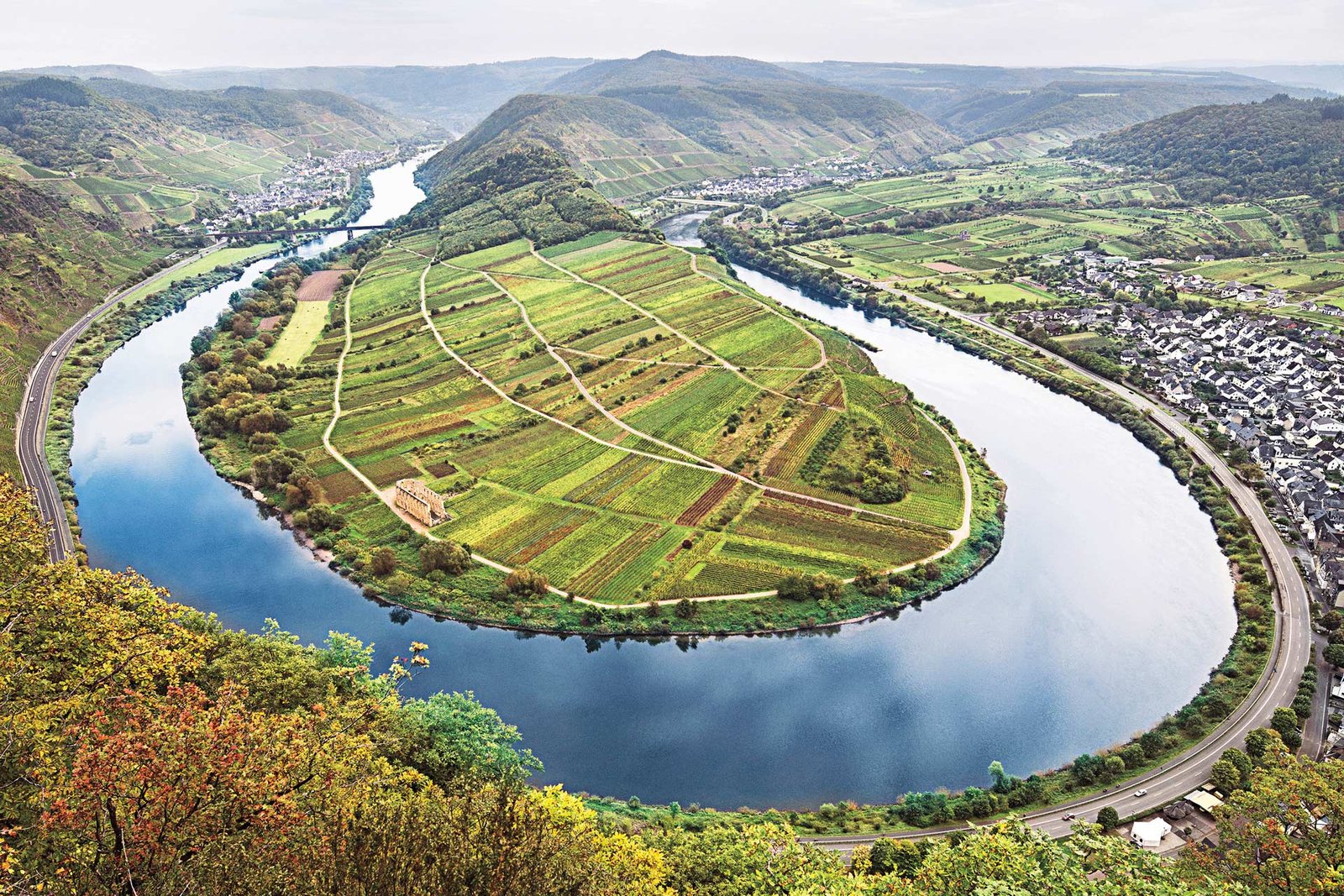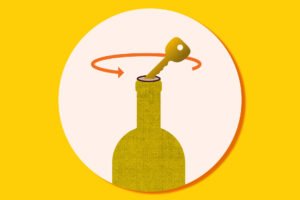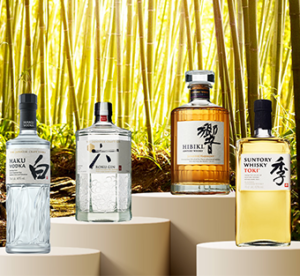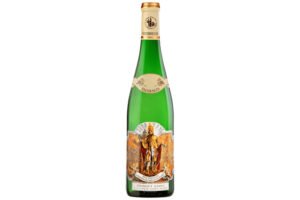As the Climate Heats Up, Can Germany Keep Its Cool?

[ad_1]
Bright-fruited and linear, ethereal and taut: The archetypes of Germany’s classic, cool-climate wines are distinct from any other style in the world. From the northernmost corners of the Mosel and the Ahr to the southern stretches of Baden, Germany’s wine regions represent diverse climate and terroir.
Yet with a large proportion of winegrowing straddling the 50th parallel, much of Germany’s wine regions developed at the precipice of marginality for grape production. Historically, the pursuit of ripeness has been the central challenge of German winegrowers. So much that Germany developed a wine-quality-classification system, or prädikat, ranking wines by the degree of sugar development in grapes. The country has undergone a dramatic change in climate over the last 40-plus years, says Dr. Hans Reiner Schultz, president of Geisenheim University and a leading scientist studying the effects of climate change on winegrowing.
The last two decades in Germany, especially, have been marked by record-breaking summer temperatures and a steady increase in mean temperatures nationwide. The question lingers: When a region’s wine identity is so intrinsically tied to cool climate, what happens when it changes?
What Is Cool Climate?

The vast world of contemporary wine is often navigated by categories. Old World is distinguished from New World, cool climate from warm climate. While helpful in assigning common attributes to a region or describing how a wine might taste, fundamentally, these terms are relative and lack intrinsic definition.
Cool-climate wine regions are often characterized by geographical markers like latitude or elevation, or temperature-based metrics like degree days, mean temperatures or average growing-season temperatures. Growing conditions, the likelihood of winter freeze and the kind of grapes most likely to thrive and ripen are also factors in labeling a wine region cool.
According to Dr. Katharina Prüm, the fourth-generation owner of Joh. Jos. Prüm in the Mosel, part of the problem with the cool climate archetype is that “there’s not enough recognition of the diversity of Germany’s [individual] wine regions.” “The Mosel Saar-Ruwer region was and is definitely a cool-climate region,” she says, but “I would have never thought of [Baden as a] cool climate region, though of course, in comparison to…the south of France or Italy or Spain, it is still considerably cooler.”

For German winegrowers like Andrea Wirsching, however, Germany’s identity as a cool-climate region represents an integral part of the story of its wines. Wirsching is the 14th-generation winemaker at Weingut Hans Wirsching in Franken, east of Frankfurt along the Main River.
In Franken, cold winter seasons are punctuated by high levels of annual rainfall and early frosts. Where Riesling was historically unreliable as a crop, earlier ripening grapes like Silvaner became the region’s lifeblood. Smoky and earthen, these traditionally slim white wines are distinguished by piercing yellow-plum and white-grapefruit flavors that ripen slowly over a long vegetation period with warm days and cool autumn nights.
“There’s no alternative to the aromatic and the cool-climate character of these wines,” says Wirsching. In the Mosel, too, iconic wines like the lacy, spine-tingling Riesling kabinett or crisp, red-berried Pinot Noir are difficult to dissociate from their northerly climate. According to Prüm, the cool climates, long vegetation period and slate soils contribute to wines with complexity, expressiveness, thrilling acidity and ethereal lightness found nowhere else.
“Mosel wines do not stand for power, but for elegance and finesse,” she says. Up until the 1980s, however, getting just four to five good vintages within a decade was a rarity in the Mosel, says Prüm. In Franken as well, “before global warming, we were a too cold-climate region,” echoes Wirsching.
Cool-climate regions are embraced for their distinctly elegant wines in good-to-great vintages, but not always ideal for viticulture. Cold growing seasons in marginal winegrowing regions can produce thinly concentrated wines with unripe flavors and bracingly high acidity levels.
Rising Climes and Blockbuster Vintages

Thus far, global warming has made it easier for German winegrowers to produce high-quality wines. The three hottest summers in Germany’s recorded history, 2003, 2018 and 2019, have all been blockbuster vintages. Warmer temperatures facilitate higher sugar accumulation in grapes, allowing for the fermentation of fully dry, quality wines with balanced acidity levels.
The proliferation and popularity of dry white wines in modern-day Germany—fuller bodied, bone-dry styles of Riesling and Silvaner, as well as Pinot Gris, Pinot Blanc, Chardonnay and Sauvignon Blanc—are direct consequences of global warming. The production of red wines like Pinot Noir, Lemberger and Trollinger has also increased nationwide.
“Mosel wines do not stand for power, but for elegance and finesse.”— Dr. Katharina Prüm, Joh. Jos. Prüm
With climate change, “we don’t have to fight anymore to bring fruit into proper ripeness,” says Philipp Wittmann of Weingut Wittmann in Rheinhessen, west of the Rhine River Valley.
Warmer climates are also opening doors to new wine regions in Germany. An experimental vineyard planted on the island of Sylt in Germany’s North Sea in 2009 is an extreme example of this. At a latitude of 55˚ north and straddling Germany’s northern border with Denmark, the region is a literal representation of Germany’s last winegrowing frontier.
Germany’s Changing Styles

Traditionally, Germany has been singular in its ability to produce Riesling, its star grape, at the fullest spectrum of expression, from bone dry to lusciously sweet, and from feather light to muscular. As temperatures have warmed, this spectrum of wine styles is narrowing. Those dependent on long, cool growing seasons (like an off-dry Kabinett or feinherb) or winter freeze (like eiswein) are increasingly difficult to produce.
The number of winegrowers able to produce eiswein in Germany has dwindled in recent years, according to the German Wine Institute. In 2020, only one winemaker in all of Germany was reported to have harvested eiswein.
At Joh. Jos. Prüm, there’s been no eiswein harvest since 2012, says Prüm, but “I would not say that the weather has completely changed the style of our wines.”
“Riesling is famous for being a fresh wine with good acidity and moderate alcohol. We still prefer this style in general.”— Catharina Mauritz, Domdechant Werner
Compared to the 1980s and before, warmer temperatures have allowed grapes to be “picked at higher ripeness levels and therefore Kabinett, Spätlese and Auslese are generally more concentrated and complex than in earlier days,” she says. In general, however, German wines are amassing higher alcohol and lower acidity levels than in the past, a new challenge for many winegrowers. Catharina Mauritz is the eighth-generation manager of her family winery, Domdechant Werner, in the Rheingau region.
“Riesling is famous for being a fresh wine with good acidity and moderate alcohol,” she says. “We still prefer this style in general.”
In 2015, however, many of Domdechant Werner’s dry Rieslings finished at levels above 15% alcohol by volume (abv), an anomaly in a region where anything above 13% abv was once noteworthy. While unanticipated, says Mauritz, the ripe, almost tropical wines maintained balance despite their voluptuousness and high alcohol.
“2015 is still one of my favorite vintages,” she says. “To have a vintage like 2015 once in a decade,” isn’t such a bad thing, but she hopes it won’t be standard in coming years. “Since then, our focus is very much on the control of the alcohol rate of our wines,” she says.
Preserving Traditional Styles

In contrast to the days when achieving ripeness was paramount, today German winegrowers are focused on slowing the development of sugar in grapes to produce wines with balanced alcohol and acidity.
To adapt to changing climates, “we have to manage our vineyards better,” says Wirsching. “In former times, we simply let [grapes] grow, waited and then harvested.”
Today, winegrowers expend substantial efforts reducing leaf canopies, managing sun exposure and executing precise harvest times to ensure that grapes are picked at the perfect maturity.
“The power of nature is enormous, the challenges are getting more diverse, and it’s more difficult to come through without any damage.”— Philipp Wittmann, Weingut Wittmann
“There are so many small screws that need to be adjusted” in the vineyard, says Mauritz, because adjustments to reduce alcohol in the vinification process are not utilized.
Thus far, many of their efforts have been successful. In Franken, says Wirsching, vintages in the early 2000s produced a succession of ripe, opulent wines with alcohol levels between 14–15% abv. But with changes in vineyard management, alcohol levels have largely stabilized, she says.
“In 2018, we cut 25% of all leaves [from the vines] and despite the record-breaking heat, we had 13.5% abv and a crisp, elegant style,” says Wirsching.
Germany’s Still Cool—for Now

Changes in climate are alarming, but many winegrowers insist that Germany is still plenty cool. Despite rising temperatures, the winegrowing season in Rheinhessen “hasn’t been pushed too far into an early development,” says Wittmann. “Budburst still starts in late April or early May, flowering takes place in mid-June and harvest starts by the middle or end of September.”
In the Mosel, explains Prüm, “we [still] get very different vintages—cooler ones and very warm ones.” Years like 2004, 2008 and 2013 were all relatively cool, she says, and thus far, 2021 is too.
While global warming may have benefitted German winegrowers in the short run, increasingly extreme, catastrophic weather events like flooding, drought, hail and spring frost have had substantial impact on Germany, and there is greater concern for the future.
“The power of nature is enormous,” says Wittmann. “The challenges are getting more diverse, and it’s more difficult to come through without any damage.” Eventually, German winemakers are likely to pursue more dramatic shifts in vineyard management. Indeed, many producers have already begun replacing traditional grapes with varieties better suited to new climates, or planting vineyards at higher altitudes, higher latitudes or in areas with less direct sun exposure. But it’s a slippery slope.
“If we start to produce something entirely different, like Rhône wines, it’s simply a copy of something else,” says Wirsching. “It’s the identity of someone else. It makes no sense to invent a new identity or to copy another area.”
“Here in Rheinhessen,” says Wittmann, “we could climb upwards on the hillsides to grow wine, or go on the north-facing slopes instead of the south slopes. But I hope we don’t need to change all these things in a way that would change the culture of our wine.”
For now, Wittmann remains focused on traditional grapes like Riesling and the Pinot varieties, as well as efforts in biodynamic farming to bring better balance and health to his vines.
[ad_2]






